CW85 October, 2023
COVID-19 almost ended, and the flu season started

Coronavirus patients per hospital in the week of October 9 in Kanagawa numbered 2.95 on average, dropped from 4.26 in the previous week. See the figure above. According to experts, as the number of weekly cases has substantially dropped, the spread of the coronavirus in late summer has almost subsided. They added, however, that a big wave of infections may come towards winter so that we should continue to be cautious.
* The blue bar graph, the eighth wave, in the figure above was recalculated by the current system so that the blue and yellow graphs can be compared.
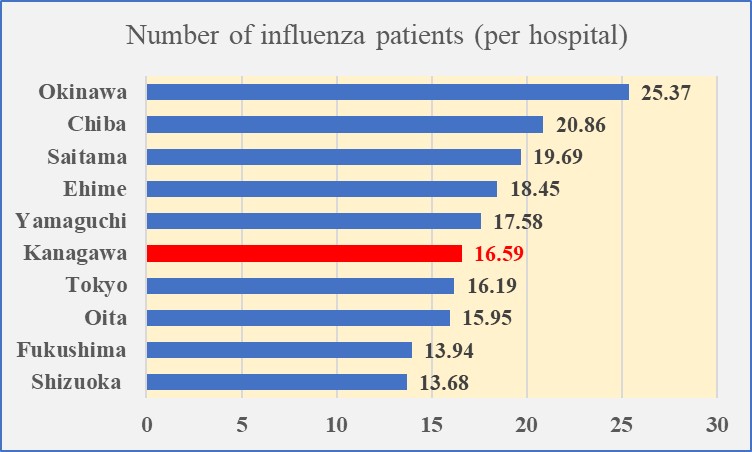
The chairman of the influenza committee of the Japanese Association of Infectious Diseases says the number of flu patients per medical facility has already surpassed an advisory level of 10, which indicates that the flu has been spreading faster this season than usual as the “10” level normally appears in December or later. The bar graph above shows ten worst prefectures concerning the number of flu patients per facility. Kanagawa was 16.59, and about 60% of the inpatients in 12 major hospitals were 20 years old and younger.
Chigasaki and neighboring cities exceeded 10 in the week of October 9: Chigasaki at 18.55, Hiratsuka at 27.18, Fujisawa at 9.94, and Kamakura at 15.40.
(Source) https://www.pref.kanagawa.jp/sys/eiken/003_center/0005_ryuko u/influenza/231023_influenza_06.html
As the number of patients may abruptly increase once the infection stage reaches the advisory level, the infection rate may become higher towards year-end, says the chairman of the influenza committee.
Winter Sunflowers in Hagisono
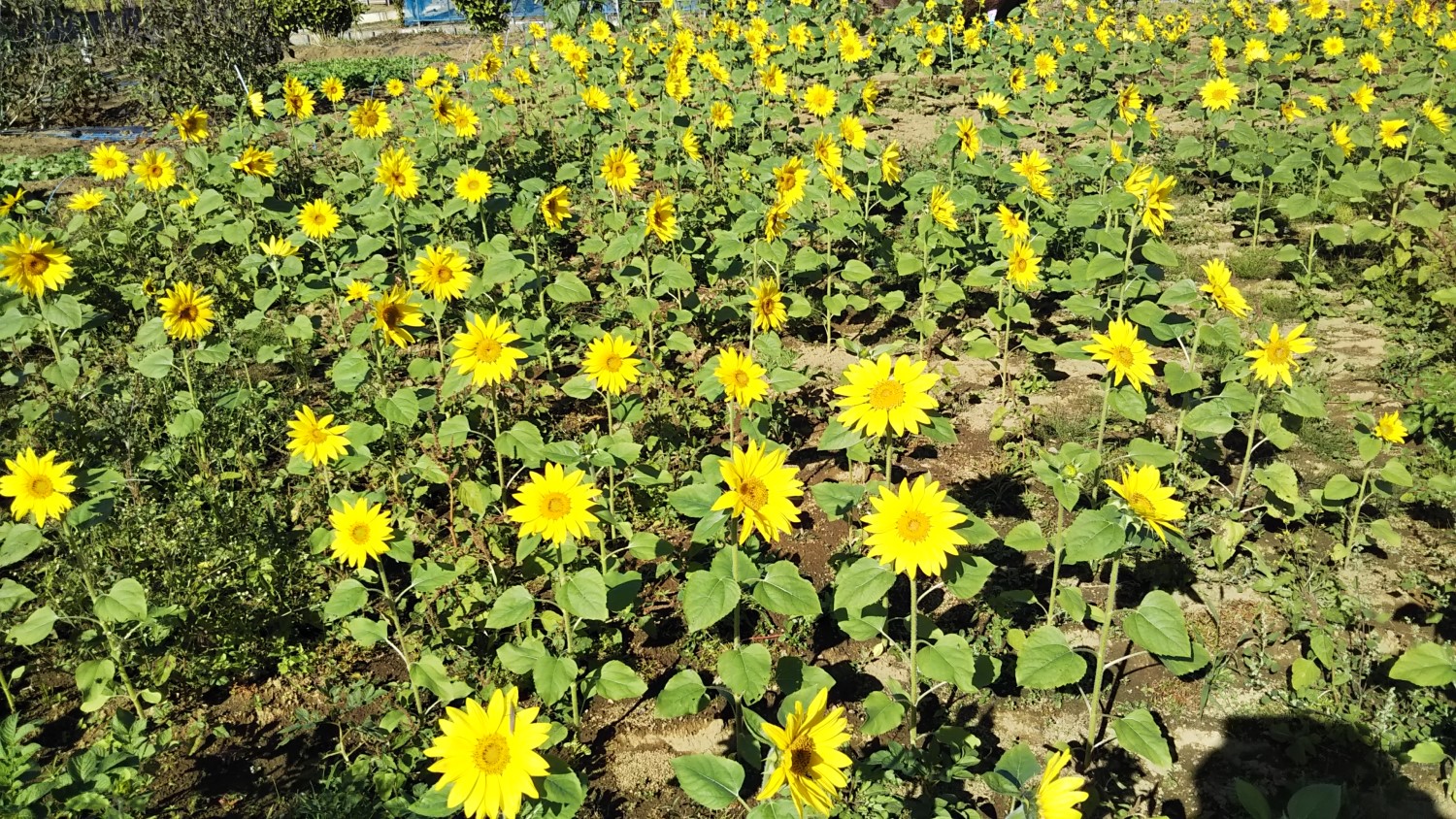
Sunflowers are in full bloom near the west bank of the Koide River in Hagisono. There are several sunflower gardens at the southern end of the Kawazu-cherry-tree line. The local volunteer group, Living with flowers, is taking care of them. These sunflowers are blooming now not because the summer heat is lasting, but because they are different from ordinary sunflowers. You can enjoy the flowers until early November. Even on weekdays there are several groups walking on the banks, looking at the trees, the river, birds and distant mountains, including Mt. Fuji.
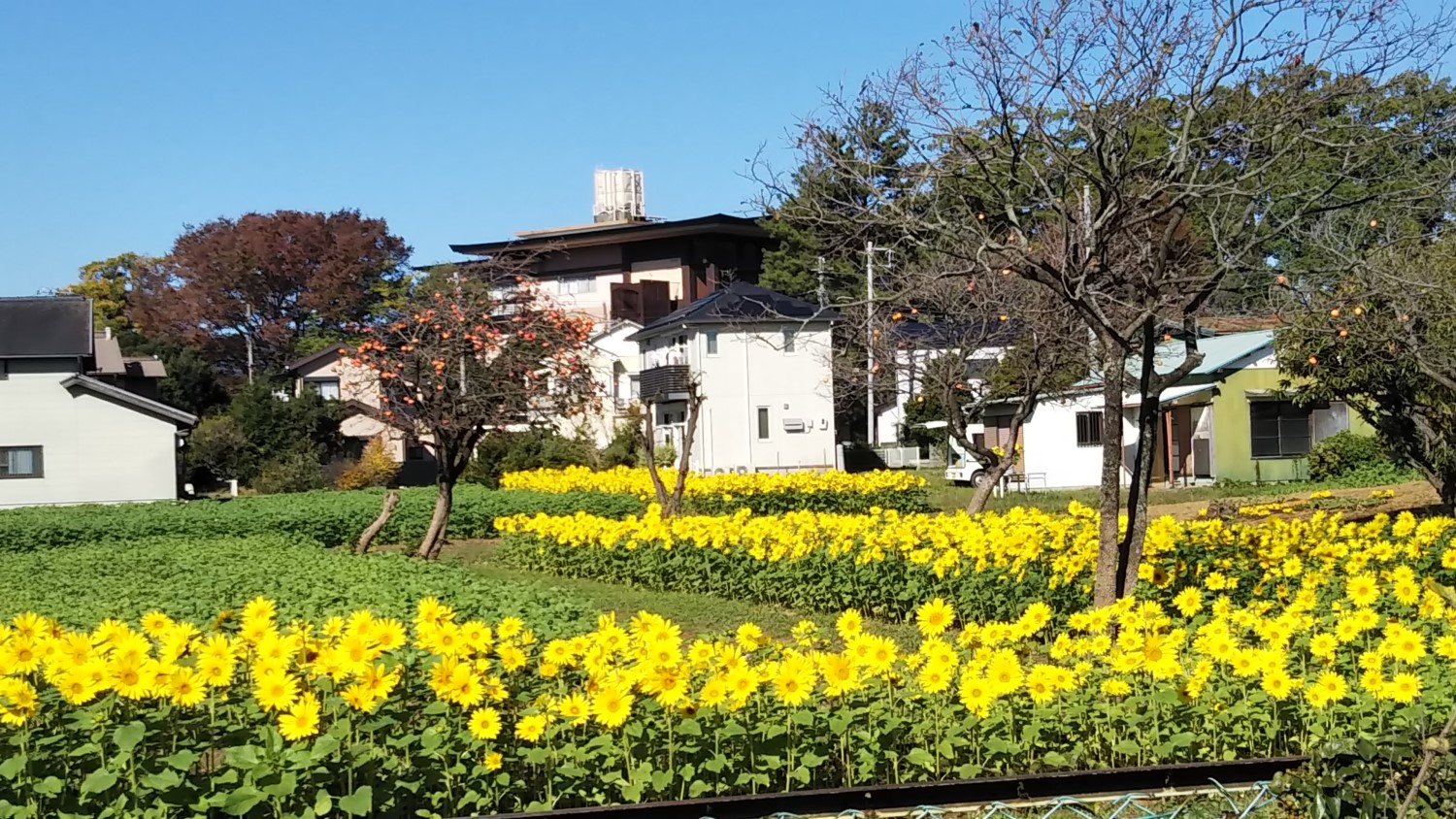
You can also see winter sunflowers in the south of Samukawa Shrine. The flowers have been televised many times. Picking events will take place from November 3 (Fri) to the 5th (Sun), and from the 23rd (Thu) to the 25th (Sat). Five pieces 100 yen
Flowers of the Season: Chrysanthemum
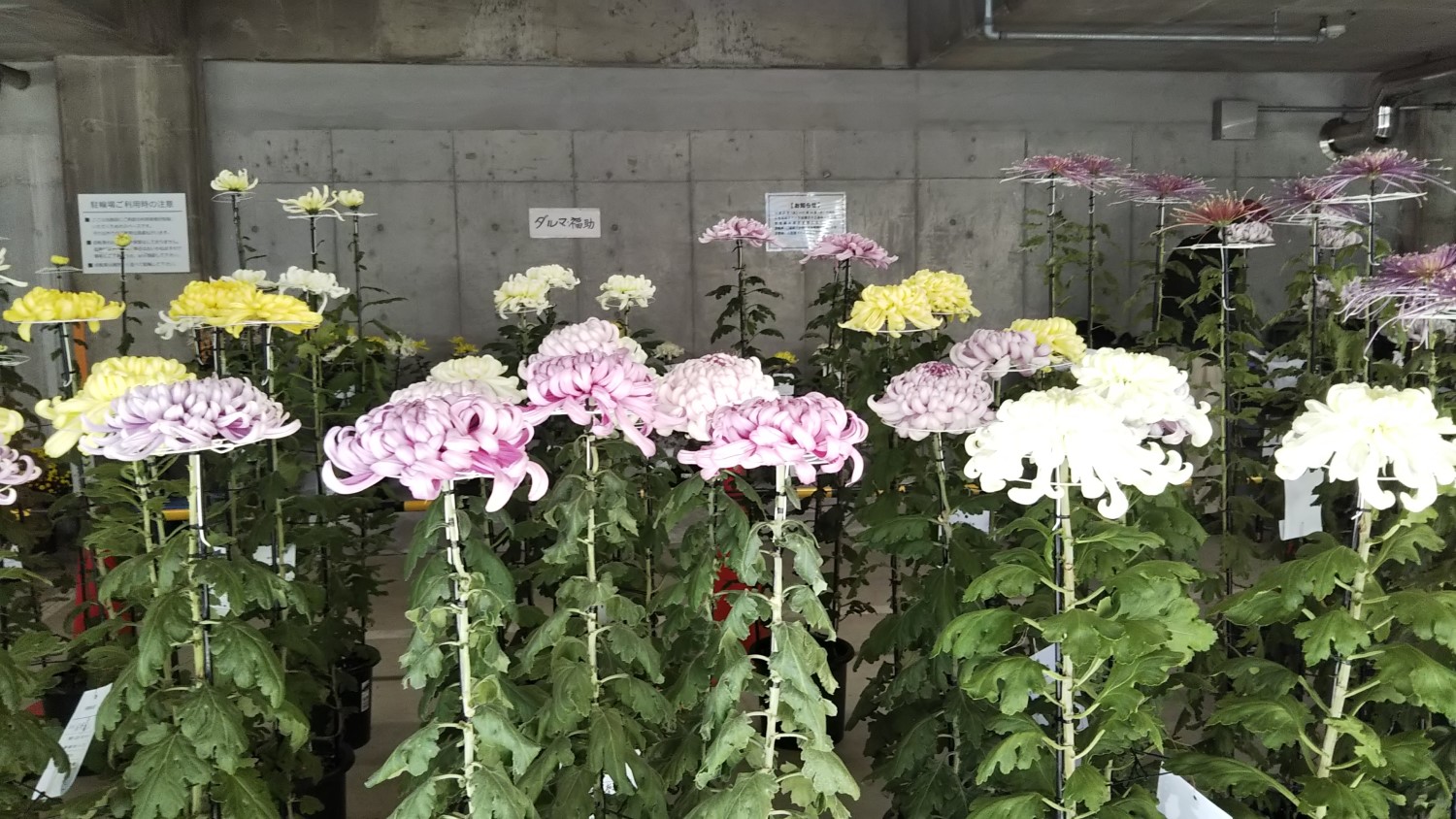
The chrysanthemum flower is symbolic of Japanese autumn. Its flowers of various colors and shapes with slightly sanctified fragrance are seen here and there. Beautiful chrysanthemum flowers displayed in annual competitive shows are achievements of growers’ thorough care.
The flowers came from China as herbs and ornamentals in the early Heian era (794~1192). At that time, a custom called five seasonal festivals, which celebrated on odd-numbered days of the same odd-numbered months: January 7*, March 3, May 5, July 7, and September 9, also came from China. On September 9, the chrysanthemum festival was held at the Imperial Court. The four other days are also considered to be special days even today. In addition, the retired emperor, Gotoba, adopted the design of the flower as the family crest in the early Kamakura era (1192~1333). Since then, the flower design having 16 double petals has been the emblem of the Imperial Household.
* Jan.1~ the 6th were days for animals, and the 7th was the first day for humans.
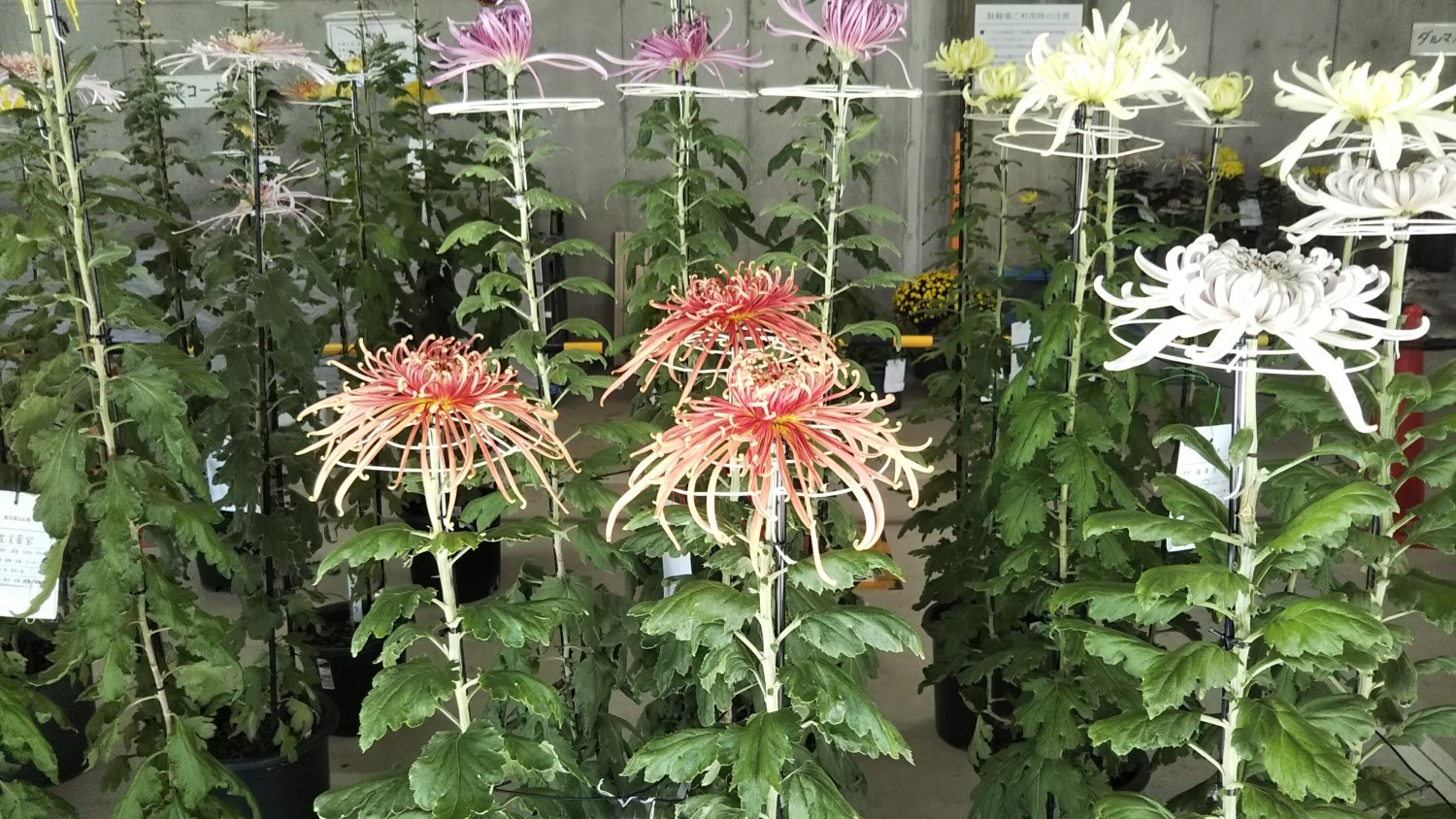
In the Edo era, specifically the Genroku era (the late 17th century), chrysanthemum fairs to evaluate newly developed varieties became popular. Famous varieties were developed in Edo (today’s Tokyo), Ise, Kyoto and Kumamoto. Those flowers were densely potted or used to decorate chrysanthemum dolls to attract viewers. Flowers have many colors such as white, yellow, pink, red, green and mixtures of these colors. Japanese researchers created the world’s first blue flowers by using butterfly pea’s genes in 2017.
The perennial plant is fond of well-drained fertile, sunny ground. Cut flowers have rather long lives. Chrysanthemums are marketed throughout the year so that the flowers are frequently placed on the family altar.
History of Chigasaki: Namegaya Village (1)
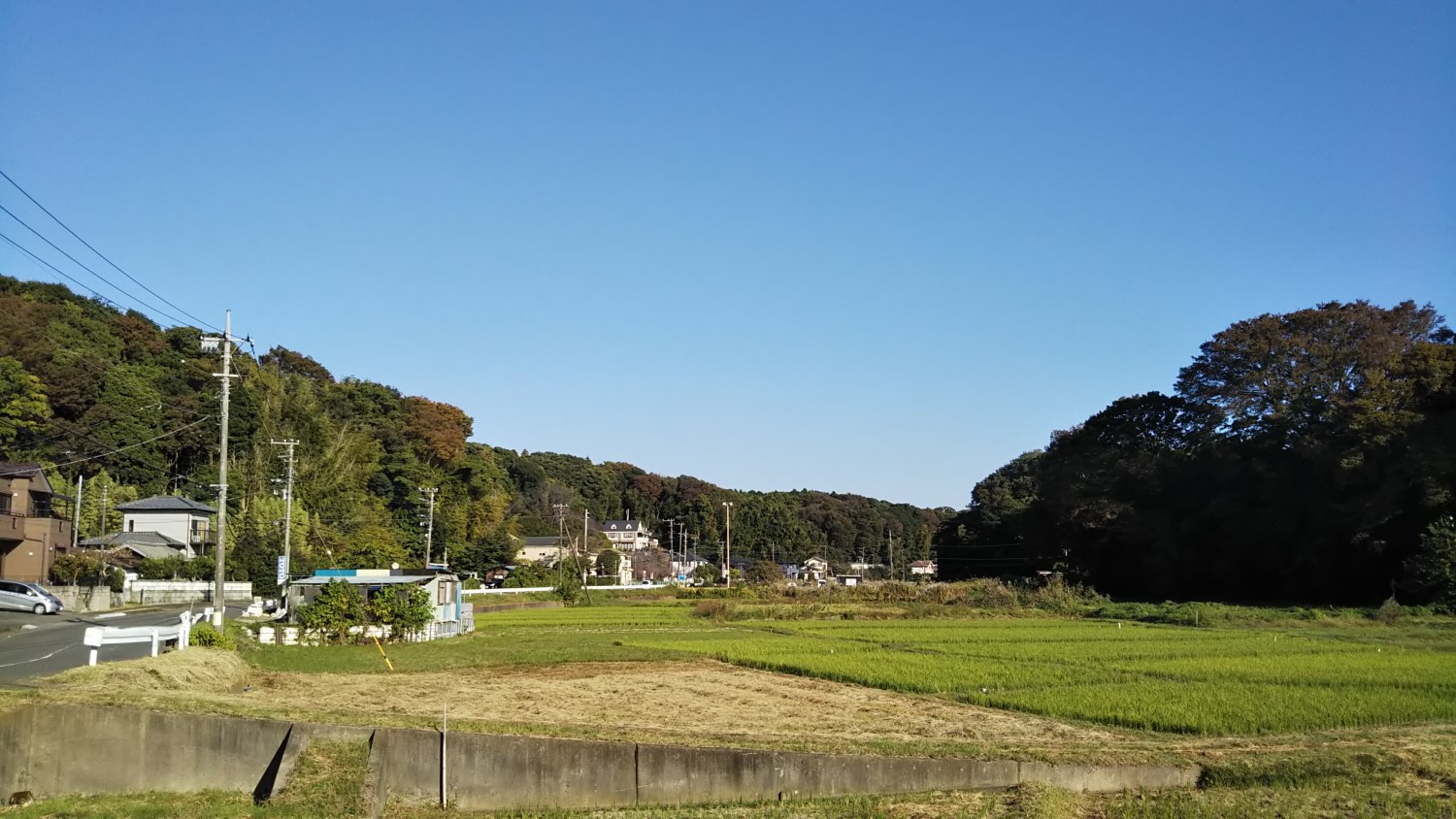
Namegaya Village was located on Koza Hill, which spreads over the city‘s northern area. The hill, fifty meters above sea level, was formed by river erosion over many years. The major rivers which carried away the soil were the Koide and Komayose Rivers. The valleys formed by the two rivers and their tributaries are called yato. If Koza Hill is viewed from the sky, it would look like an extended palm.
On the hilly area, Namegaya, Serizawa, Shimoterao and Tsutsumi Villages appeared in the Edo period. Namegaya Village was in yato, or the valley, which is located in the west of Koza Hill and spread to the west. 新編相模国風土記稿 (the new edition of Sagami province topography) reported that there were 23 households in the village. The village, consisting of Oshima, Nagakubo and Hiromachi sections, was long toward the east and the west.

In Oshima, there is the Namegaya shell mound of the late Jyomon period (~ the fourth century BC). It was excavated in 1949, earlier than many other remains in the city. According to the records, fresh water clams, clams and oysters as well as Horinouchi and Kazori (B) earthenware were found. See the photo on the right
Prior to the construction work of the Serizawa distribution reservoir, the Usukubo remains, which extends over Namegaya and Serizawa, was excavated from 1994 to ’96. Habitation sites and ancient tombs which were relics from the beginning of the Jyomon period (~10,000 BC) to the Edo period (1603~1868) were found. During the Warring States period (1467~1573), a Togoro Namegaya, who was a vassal of the Go-Hojo Family, ruled the village. As his family name is the same as the village name, he was supposed to be the man who developed Namegaya, but details about him are not known because of no other information.
Interested in Japanese proverbs?
1) 言いたい事は明日言え (IITAI KOTO WA ASU IE)
IITAIKOTO means what you want to say, WA to be, ASU tomorrow, and IE you should say.
When you come up with something, you should not say it immediately. It is better for you to say it tomorrow, after thinking about it more tonight. In this way you will protect yourself from making inappropriate remarks. Especially when you are excited, you should wait until you have calmed down.
A recent newspaper introduced a wise remark. A mother told her daughter that when she was arguing with someone, she should swallow her saliva three times before she talked back to the other person.
The proverb is in 譬喩尽 (Tatoe zukushi), a dictionary of proverbs traditionary said by ordinary people. Its first part was published in 1768, and was expanded until 1799.
Its English equivalents are:
●Second thoughts are best.
●Think today and speak tomorrow.
●Better silence than ill speech.
2) 女の一念岩をも徹す (ONNA NO ICHINEN IWA OMO TOSU)
ONNA means women, NO of, ICHINEN a strong desire, IWA a rock, OMO even, and TOSU to pierce.
Women look weak, but once they have made a resolution, they try to keep it with dogged persistence. Or simply, women are persistent. Today, the proverb may be counter to gender-equality, but it was written 250 years ago.
Hungarian female biochemist Karikó Katalin was awarded the 2023 Nobel Prize in Physiology or Medicine for the development of mRNA vaccines. She never gave up her dream in adversity for years. She is exactly the kind of woman the saying indicates.
The proverb is in 源氏大草子, or Genji ozoshi, a jyoruri, or a narrative ballad to the accompaniment of shamisen written by Gen-nai Hiraga (1726-1779) in 1770.
Its English equivalents are:
●Women will have their wills.
●A woman either loves or hates in extremes.
Short Essay on Chigasaki - 6 (Bimonthly serial)
Tokugawa Ieyasu’s Transference to Kanto Regions(関東転封)(The Middle Ages)
In April 1590, an army of 220,000 led by Toyotomi Hideyoshi started attacks on the Castle of Odawara, in which the Hojo clans had hold themselves up. Tokugawa Ieyasu joined the battle, adding his 30,000 soldiers to the army, because he expected that Hideyoshi would give him one of the Hojo’s fiefs in Izu after the battle, while approving of him retaining five fiefs of his own (Suruga, Totomi, Mikawa, Kai, and Shinano).
The battle was over when the Hojo surrendered on July 5th, 1590, and Hojo Ujimasa committed suicide by disembowelment on July 11th. Two days after the end of the battle, Hideyoshi announced the awards to participants in the battle (論功行賞). Ieyasu and his retainers were allowed to inherit one of the Hojo’s fiefs in a Kanto region, but their own five fiefs were confiscated. They were forced to transfer to the Kanto region. Ieyasu’s retainers were dissatisfied with the award, lamenting “The awards were not fairly distributed,” but Ieyasu calmed them down, saying, “I obey him. We were given an order to transfer to the Kanto region by Hideyoshi. It was not an award.” He immediately performed the transferences on August 1, 1590, which was called the ‘Edo entering (江戸御打入り)’.
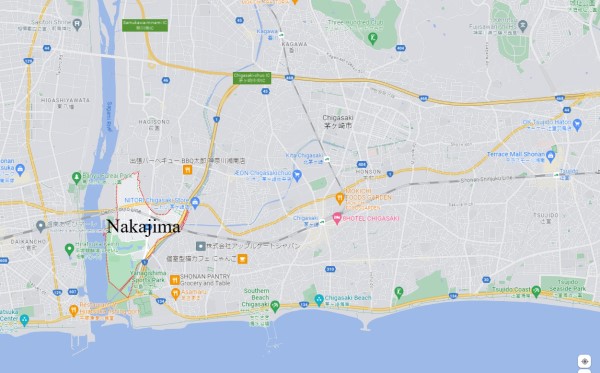
After the transference, Ieyasu immediately performed the allotment of his fiefdom(知行割り)in the Kanto region. Many immediate shogunal retainers(直参旗本)from the Tokugawa family were assigned to control villages in the region. The relationships between the feudal lords and villagers had continued until the Meiji Restoration in 1868. A letter of conduct addressed to enfeoffment (a deed conferring land in exchange for a pledge of service)(知行宛行状 (ちぎょうあてがいじょう))is preserved. It was sent from Ieyasu to the shogunal retainers who were stationed at Nakajima (see the map above) and Futokorojima in the eastern Sagami-koku (currently around Chigasaki) on August 3, 1590.
(The source of the essay: Chigasaki People’s Book published by Chigasaki City)
*Hassaku (八朔) is the abbreviation of hachigatsu sakujitsu which means August 1 on the lunar calendar. On the day, the big three branch families of the Tokugawa (御三家), feudal lords and high-class shogunal retainers presented articles, such as swords, gold and silver with congratulatory messages to Ieyasu. Hassaku became one of the important events enhancing the master-subordinate relationships between the shogun and vassals in the Edo Shogunate opened by Ieyasu in 1603.
The 54th Shonan Movie Screening by Cinematheque Chigasaki
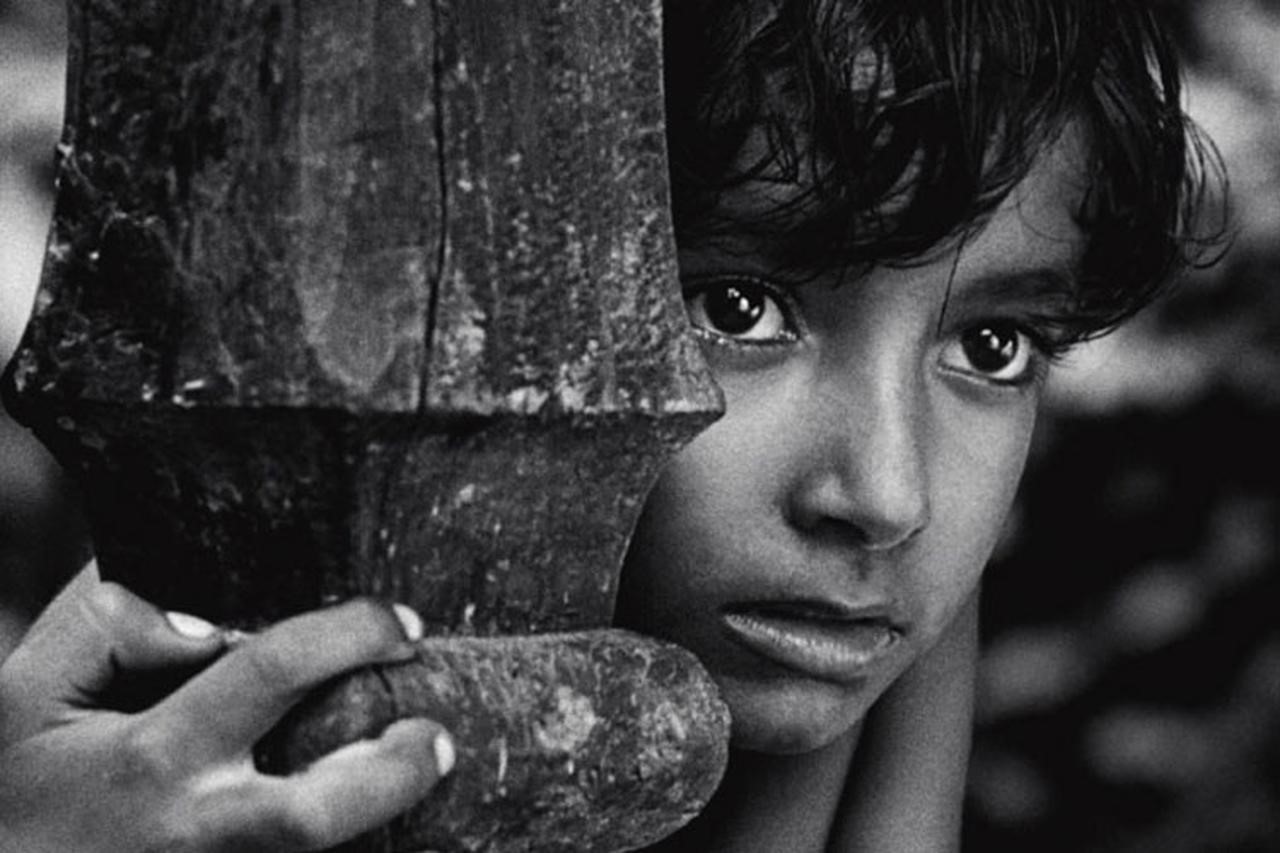
The volunteer group, Cinematheque Chigasaki, screened an Indian movie entitled ‘PATHER PANCHALI’ (Verses of the earth in Japanese) at the city library in the afternoon on October 22 (Sun). It was their 54th screening. As for Indian movies, 1,986 films were made in India in 2016, followed by China at 874 and the US at 660. Those movies have been full of entertainment elements, including songs and dances, so that they are called Bollywood movies, the Hollywood-inspired nickname, since the 1970s.
The movie screened this time was shot in 1955, directed by Satyajit Ray (1921 ~ 1992). It depicted the life of a poor family living in the remote countryside of Bengal Province through a boy’s eye. The family consisted of a father, a mother, an elder daughter and a younger son as well as an old woman who looked like a dying tree and lived in a ruinous house in the family’s property. It was unclear whether or not the old woman was a relative of the family, but the girl was kind to her and was always concerned about her.
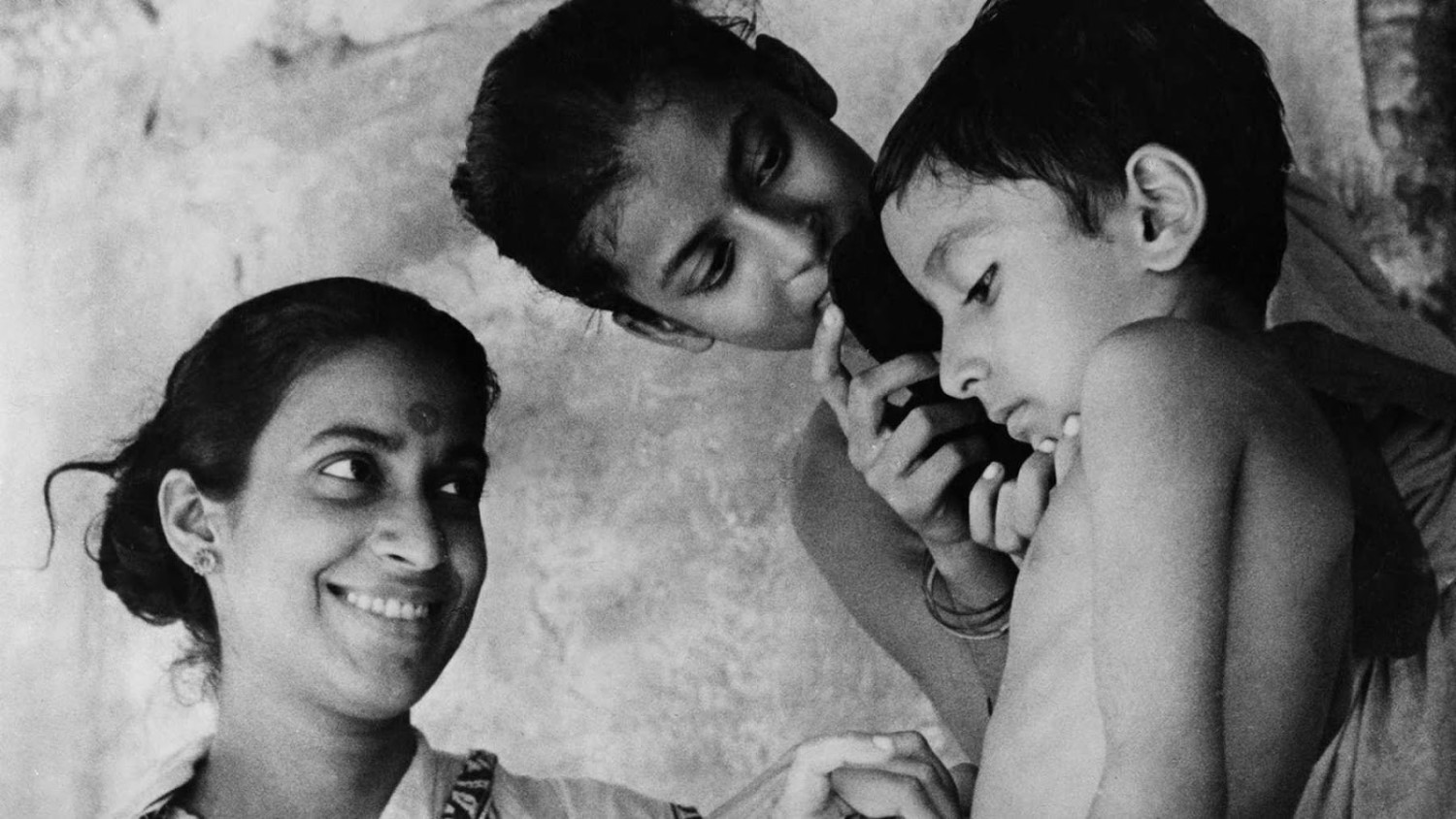
The father was a Brahim, the highest cast, so his career choice was strictly limited under the Hindu faith. He could not engage in physical labor in his rural area, so he had to leave his home to find a job. The mother desperately maintained the family’s daily life.
One day, the old woman died like a dead tree falling on the ground. After that the girl also died of high fever as she got wet to the skin in the heavy rain during the monsoon. While the mother was nursing her, strong winds severely damaged their house. When the father returned home, he decided to abandon their partially destroyed house, and the family of three set off for Benares.
Monochrome images and background sitar music made viewers emotional. Director Satyajit Ray made a debut with this movie and was awarded the Human Document Prize at the Cannes International Movie Festival. ‘Verses of the earth’ is the first installment of his trilogy followed by ‘Verses of the mighty river’ and ‘Verses of the giant tree’. He was brought up in an intellectual family, and built an intimate friendship with Sir Rabindranath Tagore, the first Asian Nobel Laureate in Literature.
Events in October
The 97th Japan Watercolor Shonan branch Exhibition
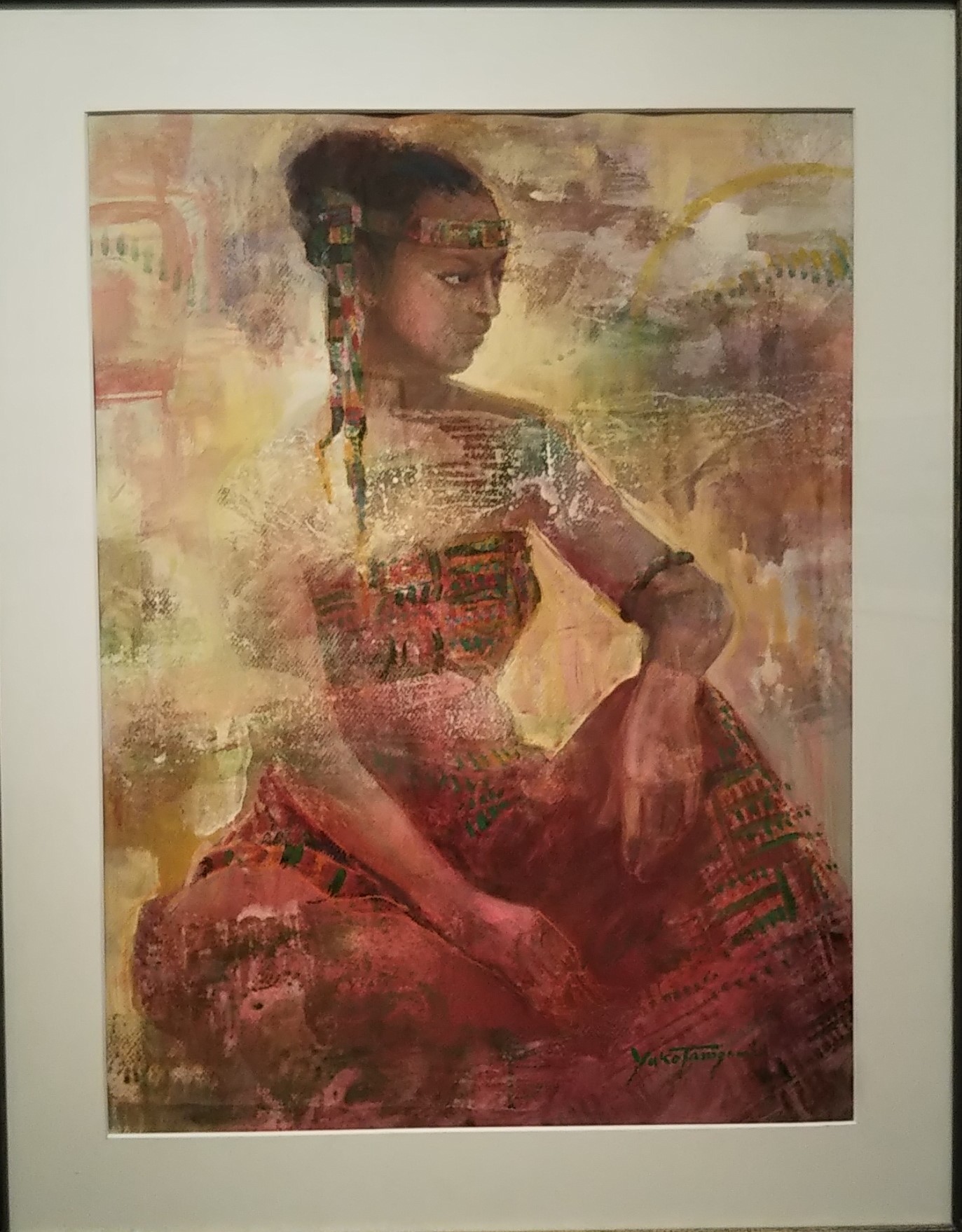
The exhibition took place from Oct. 3 (Tue) to the 8th (Sun) at Citizen Gallery. The Japan Watercolor Association*, a nationwide artists organization, exhibits excellent works drawn by its members at the national exhibition in Tokyo every year.
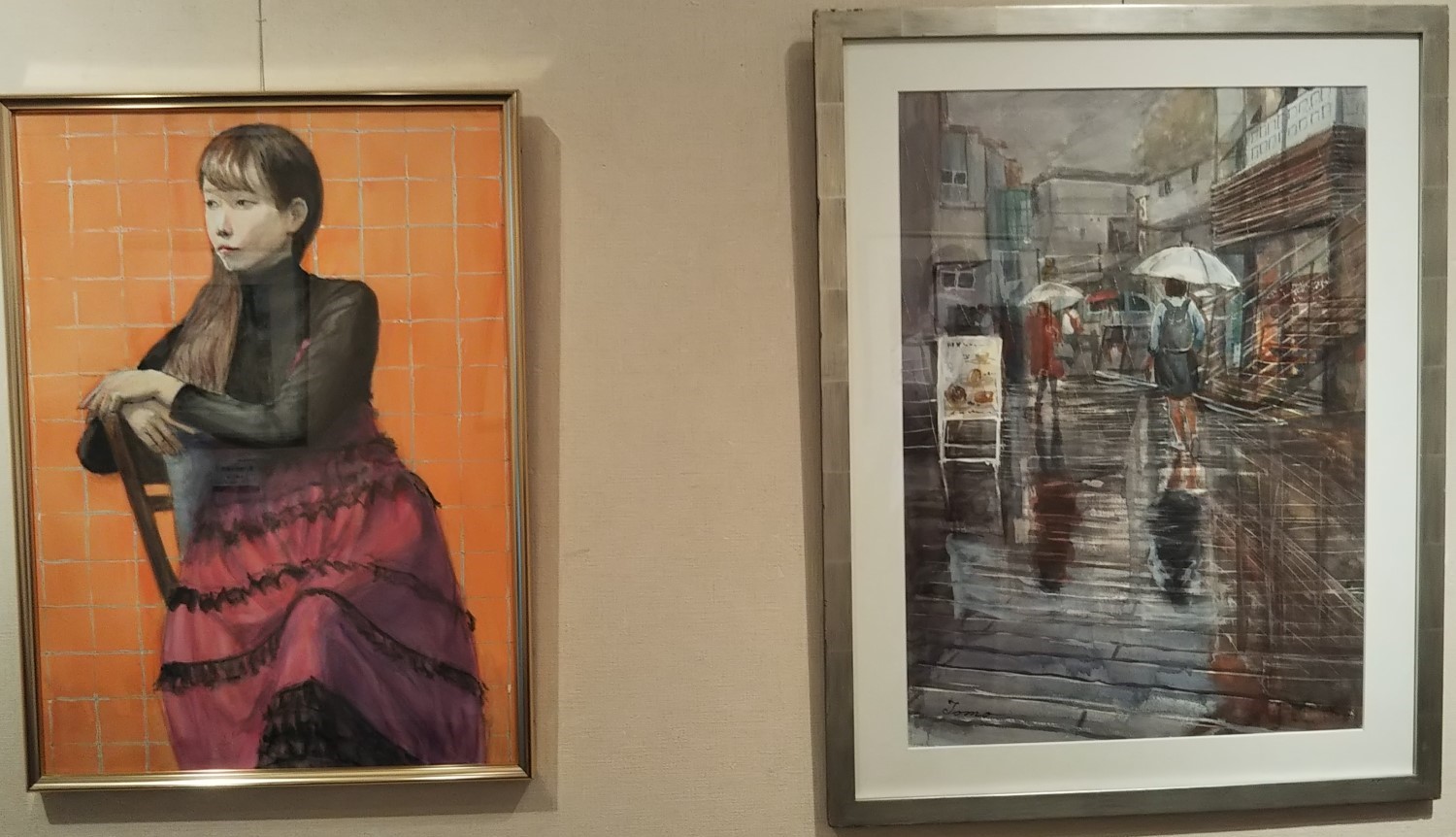
Its Shonan branch has about 35 members, and 57 works by about 20 members were placed on display this time. Many of them were portraits and landscapes. Usually, the works of a member or two are awarded at the Tokyo exhibition, and those works are on display at the branch’s exhibition, too. This year, a different picture of the branch leader had received the incentive award at the national exhibition.
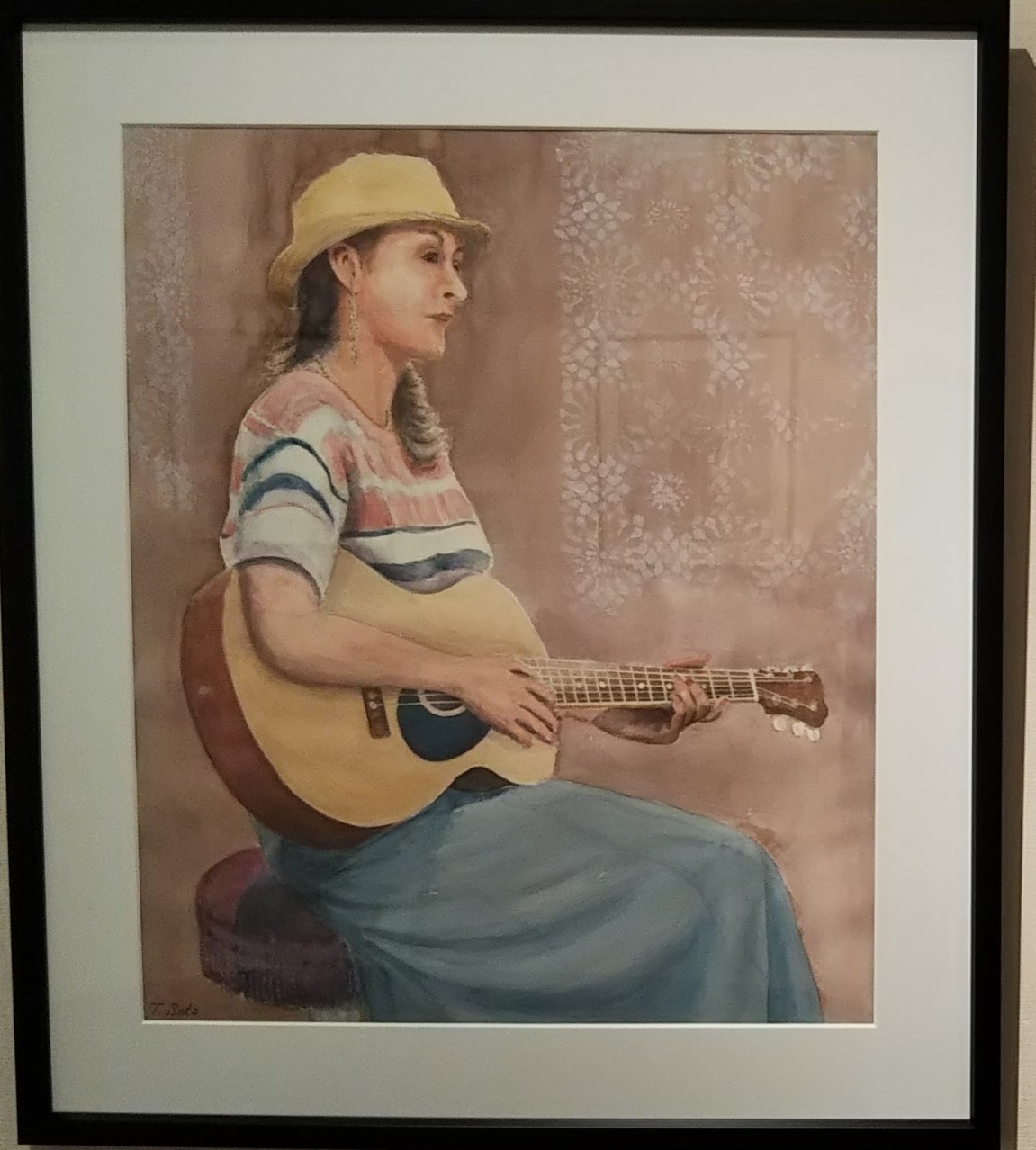
Members gather for practice twice a month on the fifth floor of the Citizen Gallery. For The Japan Watercolor Association, go to https://www.nihonsuisai.or.jp/gallery.html
Chigasaki Jamboree 2023
Country bands, dancers and fans gathered at the multi-purpose square of Satoyama koen on October 8 (Sunday). Chigasaki Jamboree 2023 took place under a cloudy sky. About 15 bands performed popular country songs, including John Denver’s Take me home country roads, on two stages, and the groups of country dancers and visitor groups danced to the music. As many people have seen cowboys and cowgirls’ group dancing on TV, they did not move so fast, which is why the middle-aged and elderly accounted for more than half of the spectators in the square. Some people looked like their bodies automatically moved when a band started performing.
There were 11 food trucks surrounding the square so visitors were able to spend their time enjoying the event without worrying about food.
By the way, did you know country dance did not originate in the US? It was formed as folk and courtly dances for several couples in England around 1550. The dances spread to other European countries as well as to North America, where residents of colonies modified them as square dances and then line dances.
The 63rd Citizen Cultural Festival at Civic Center
Photo exhibition by Chigasaki Kyodo Kai (Club Hometown Chigasaki) from Oct. 27 (Fri) to the 29th (Sun)
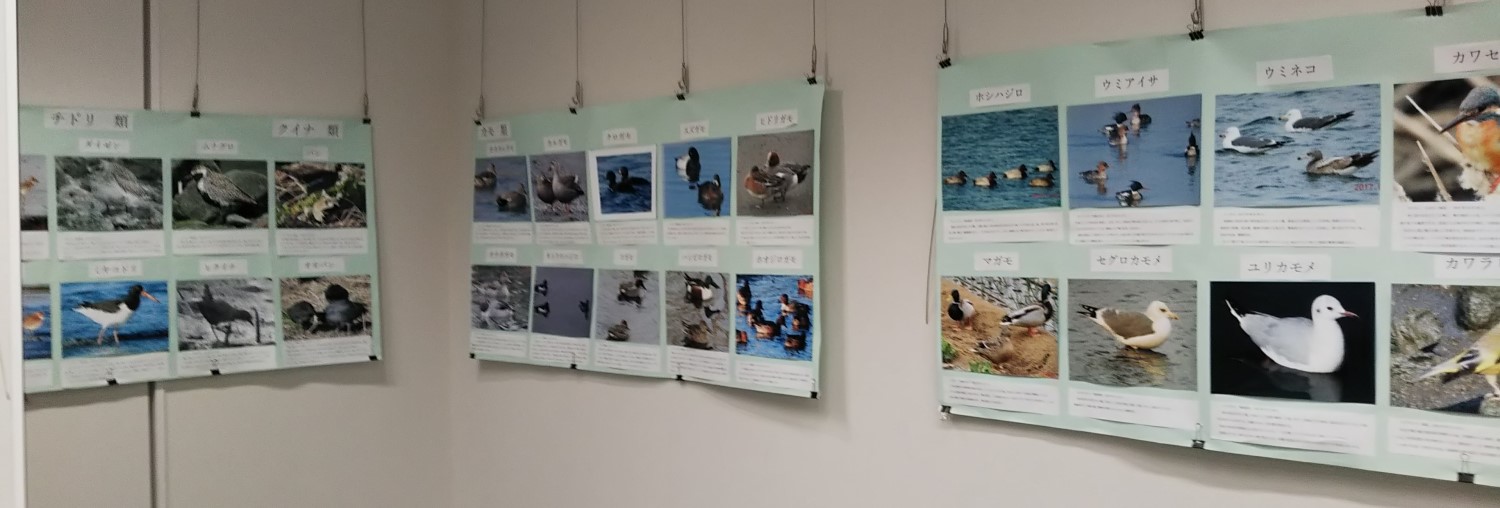
Photos of birds observed near the estuary of the Sagami River and in the Serizawa district, the scenery of the Yanagishima beach, and historic site tours to Shimoterao and Isehara were on display. These photos showed there were various kinds of birds in the city, and many historic sites in and around Chigasaki.
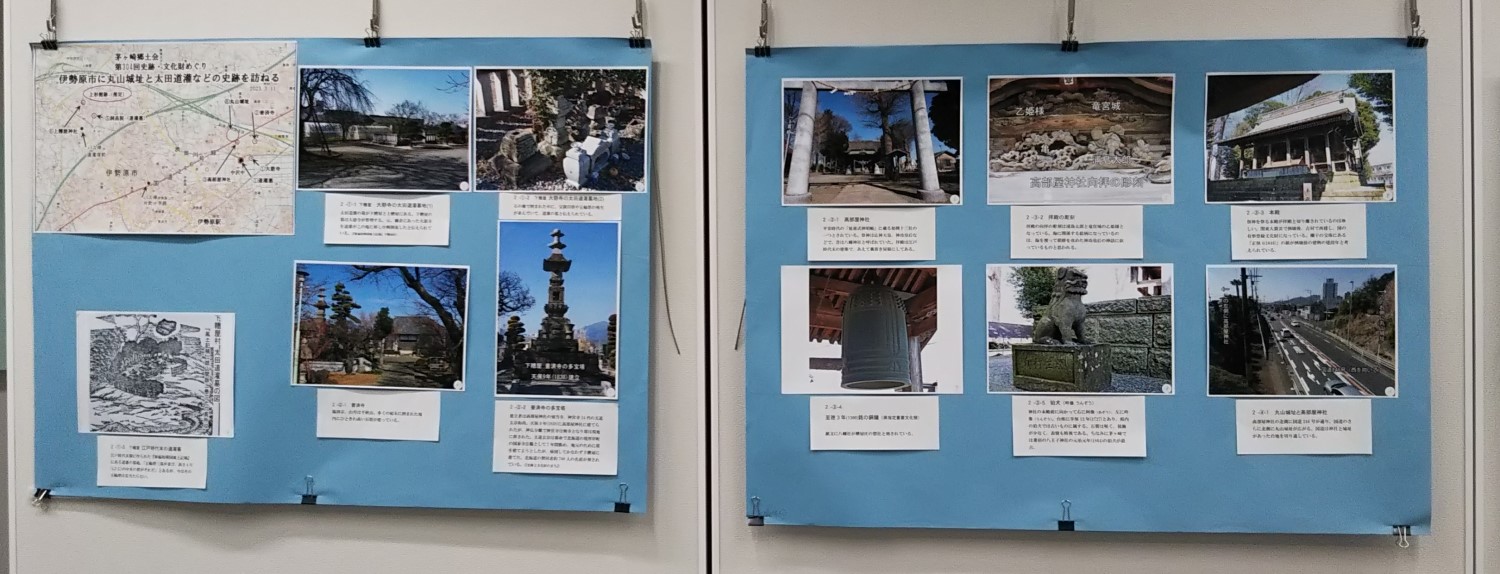
Bonsai exhibition by Chigasaki Bonsai Club from Oct. 27 (Fri) to the 29th (Sun)
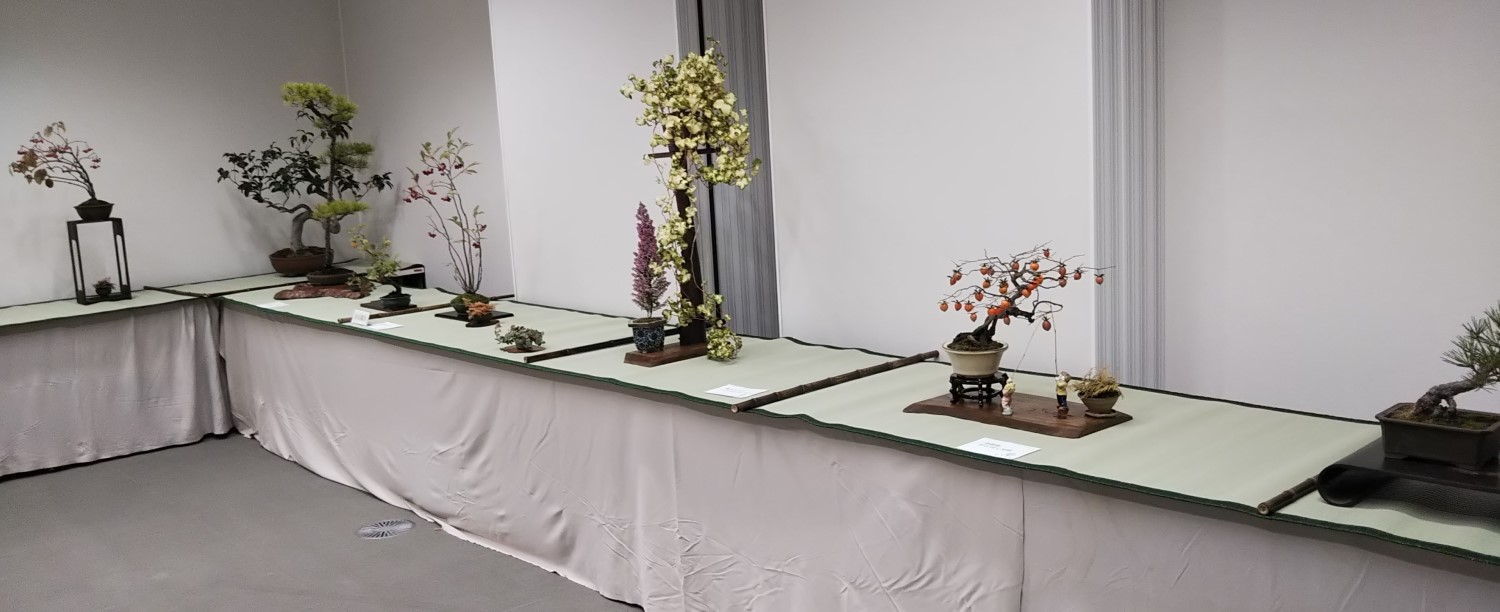
Bonsais of persimmons, red and black pines, red chokeberries, and other trees of the season created a quiet and tranquil atmosphere in the room. Every tree, with the white wall in the background, seemed to insist on their existence. A club member’s guide was quite helpful for visitors to understand how to raise the plants and how many years growers spent raising them. The reporter felt that these bonsai plants must provide the growers with a lot of enjoyment.
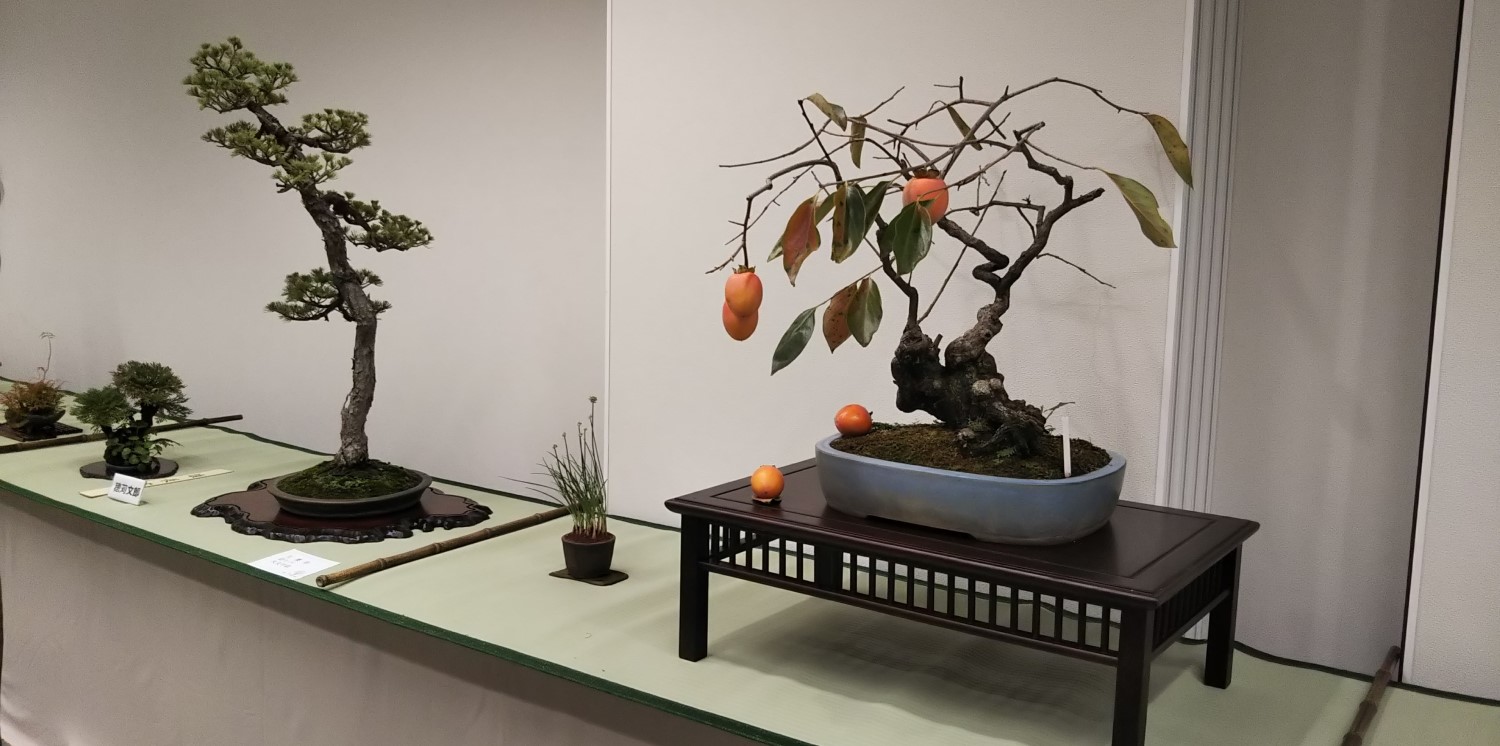
Chorus Festival - Oct 29 (Sun)
Male, female and mixed chorus groups, 31 altogether, participated. About 70% of the seats of the large hall were taken. Many of the audience were in the middle age bracket. Perhaps, many songs were familiar to them. The festival was carried out by citizens for a local audience.
Singing voices with only a piano accompaniment may have been quite fresh as singers’ voices are usually overwhelmed by the sounds of musical instruments these days. The reporter felt that clear voices are the basis of musicians, and can vibrate listeners’ hearts.
Events in November
Citizen Gallery
●The 39th Indian-ink drawing exhibition by Shonan Indian-ink drawing club: Oct. 31 (Tue) 13:00 ~ 17:00, Nov. 1st (Wed) to the 3rd (Fri) 10:00 ~ 17:00, the 4th (Sat) 10:00 ~ 16:00
●The 11th Sosaiten, exhibition of watercolors and oil paintings by Kawasaki atelier: Nov. 5 (Sun) 12:30 ~ 17:00, the 6th (Mon) and 7th (Tue) 10:00 ~ 17:00, the 8th (Wed) 10:00 ~ 16:00
●The 53rd wood block print exhibition by Group Ai (indigo in English): Nov. 9 (Thu) 12:00 ~ 17:00, the 10th (Fri) and 11th (Sat) 10:00 ~ 17:00, the 12th (Sun) 10:00 ~ 16:00
●The work exhibition by Chigasaki rakuyuu kai (friendly club): Nov. 18 (Sat) and 19 (Sun) 10:00 ~ 16:00
●Painting exhibition by Group Serie: Nov. 21 (Tue) 13:00 ~ 18:00, the 22nd (Wed) to the 25th (Sat) 10:00 ~ 18:00, the 26th (Sun) 10:00 ~ 17:00
●The painting exhibition by Tansai (light coloring) Chigasaki: Nov. 28 (Tue) 13:00 ~ 17:00, the 29th (Wed) to Dec. 2 (Sat) 10:00 ~ 17:00, the 3rd (Sun) 10:00 ~ 16:00
Ozu Art at Chigasaki City Museum of Art – Ozu’s eye for beauty
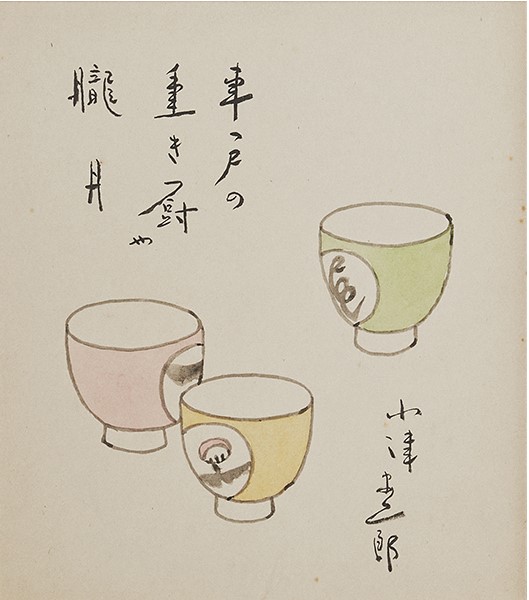
The noted director, Yasujiro Ozu (1903-1963), wrote scripts for his best films in Chigasaki-kan. These movies include 晩春 (Late spring), 麦秋 (Early summer), and 東京物語 (Tokyo story). We can see beautiful scenery of Chigasaki in his movies. One hundred twenty years have passed since he was born in 1903, and 60 years have passed since he passed away in 1963. Commemorating the two anniversaries, props and various materials related to his movies have been placed on exhibition.
The exhibition is going to take place until November 9 (Thu). the photo above is of haiku and pictures written by Ozu.
Admission fee (yen): Adult 800, Uni. Student 600, Citizen aged 65 and over 400, High school student and younger, disabled person and their caregiver Free.
The 63rd Citizen Cultural Festival at Civic Hall
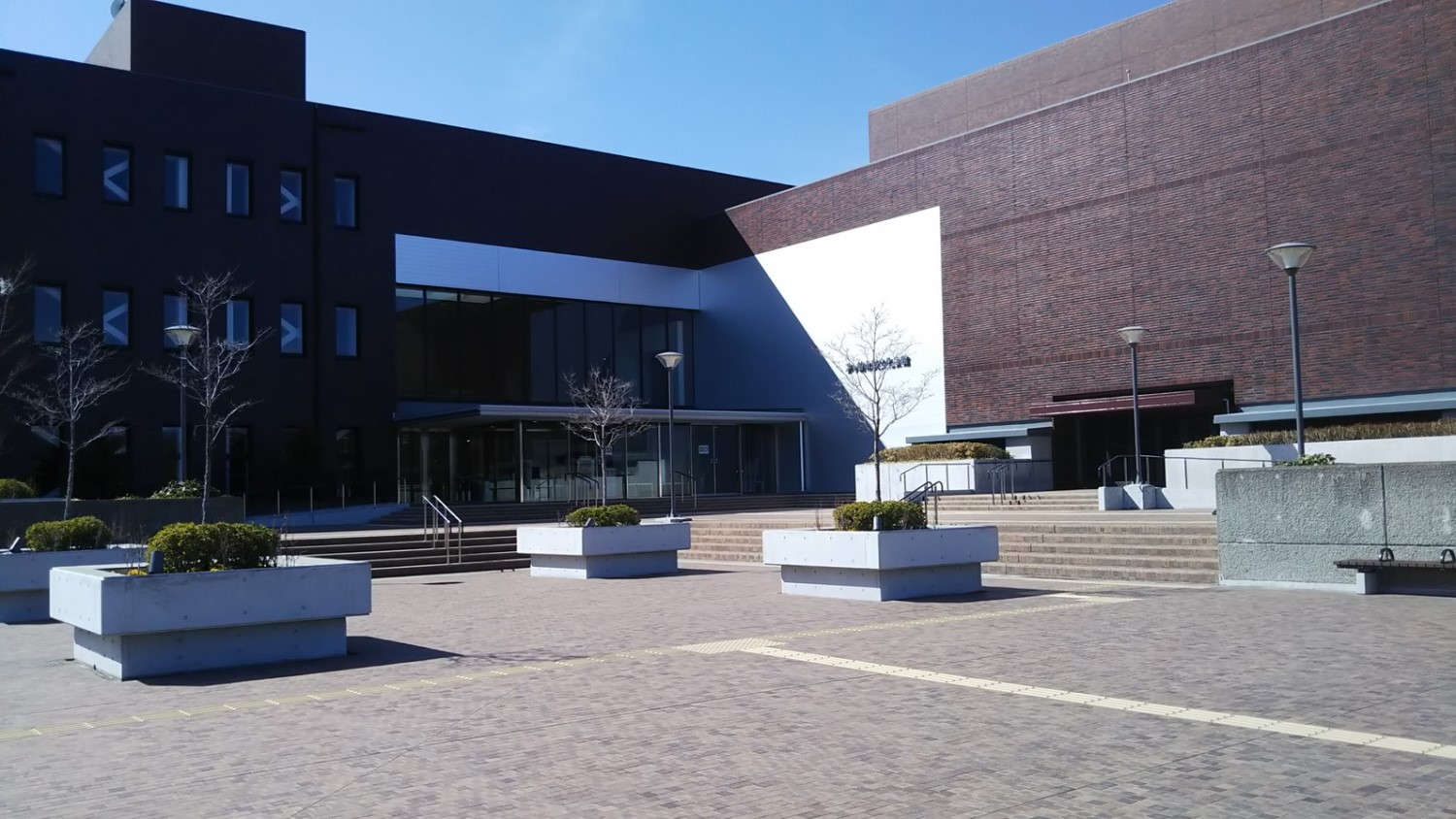
Performances on stage
●Japanese Dance – Nov. 3 (Fri) 11:00 ~ 15:00 (Small Hall)
●Instrumental Trio Concert – Nov. 4 (Sat) 11:00 ~ 16:00 (Large Hall)
●Chanson & Canzone – Nov. 4 (Sat) 13:00 ~ 16:00 (Small Hall)
●Western-style Dance – Nov. 5 (Sun) 14:00 ~ (program 400yen) (Large Hall)
●Chigasaki Ohayashi Festival – Nov. 5 (Sun) 10:00 ~ 15:30 (Small Hall)
●Chigasaki Ohayashi Festival – Nov. 5 (Sun) 10:00 ~ 15:30 (Small Hall)
●Ginkenshibudo (Japanese dancing with a sword while reciting Chinese poems) – Nov. 10 (Fri) 10:00 ~ 16:30 (Small Hall)
●Bel canto Chigasaki Classical Vocal Concert – Nov. 11 (Sat) 14:00 ~ 15:40 (Small Hall)
●Picture-story show and recitation – Nov. 12 (Sun) 13:30 ~16:30 (Mini Hall)
Exhibitions
●Chrysanthemums – Nov. 1 (Wed) to the 13th (Mon) 9:00 ~ 16:00 (Bicycle parking area)
●Flower Arrangement – Nov. 3 (Fri) 10:00 ~ 17:00, the 4th (Sat) 10:00 ~ 16:00 (Exhibition Room ABC)
●Flower Arrangement – Nov. 3 (Fri) 10:00 ~ 17:00, the 4th (Sat) 10:00 ~ 16:00 (Exhibition Room ABC)
●Handicrafts – Nov. 5 (Sun) and the 6th (Mon) 10:00 ~ 18:00, the 7th (Tue) 10:00 ~ 15:30 (Exhibition Room ABC)
●Calligraphy – Nov. 10 (Fri) & the 11th (Sat) 10:00 ~ 17:00, the 12th (Sun) 10:00 ~ 16:00 (Exhibition Room ABC)
●Photography – Nov. 17 (Fri) & the 18th (Sat) 10:00 ~ 17:00, the 19th (Sun) 10:00 ~ 16:00 (Exhibition Room AB)
Literary art
●Tea ceremony – Nov. 3 (Fri, holiday) 10:30 ~ 15:00 (500 yen) (Training room 5, 6)
Chigasaki Velo Festival 2023
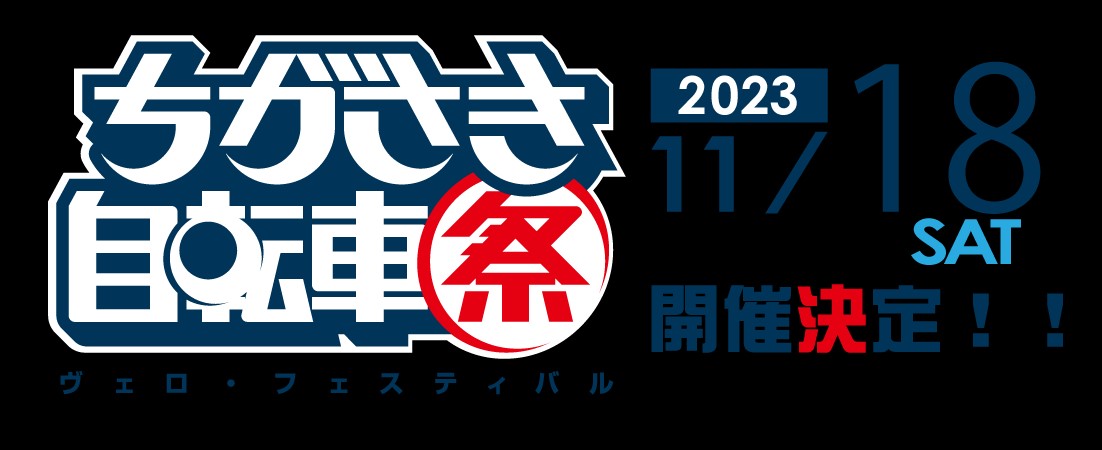
At Chuo Koen on November 18 (Sat) , Kids bicycle races, a BMX lesson, unicycle performances, cycling to the northern hill, or to the beach, time trial and many more. In case of rough weather, the event will be cancelled.